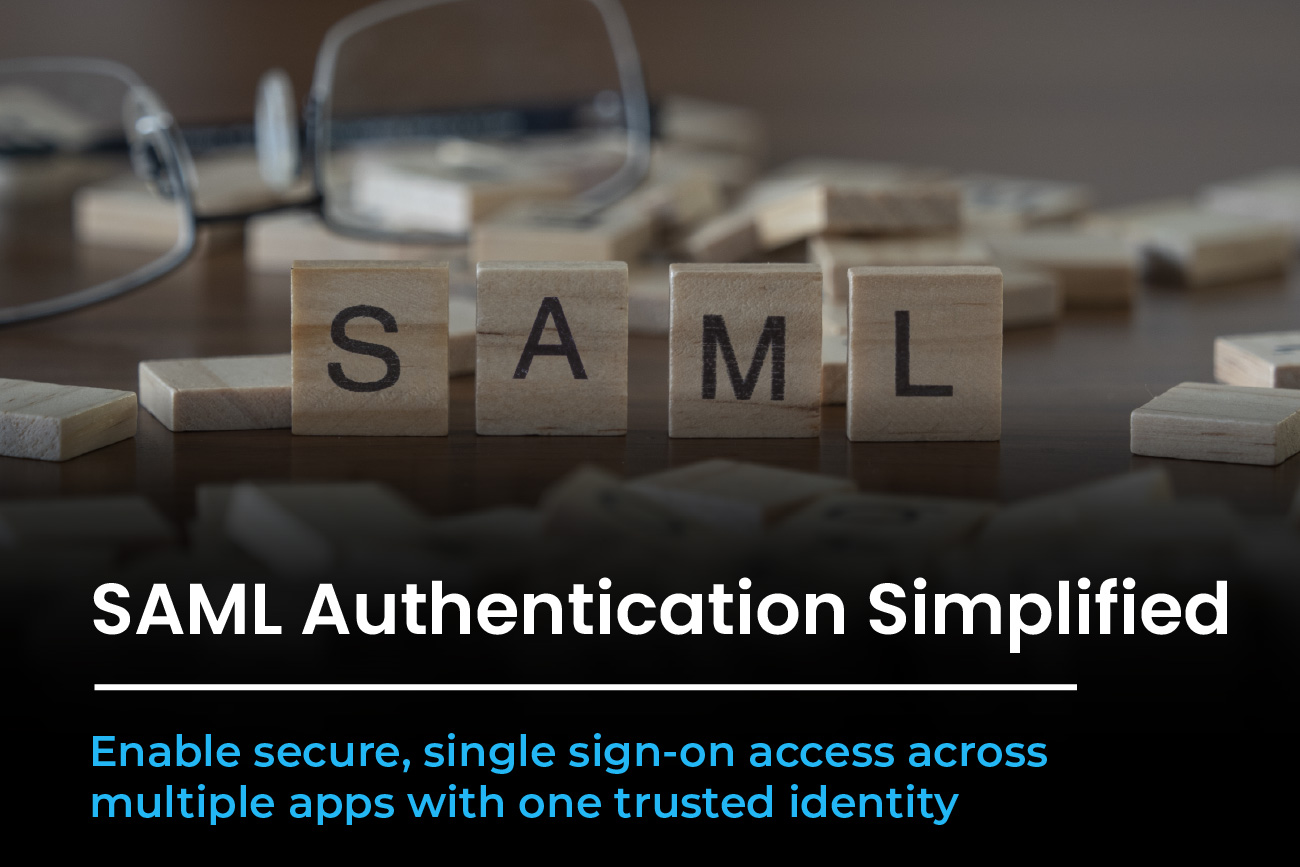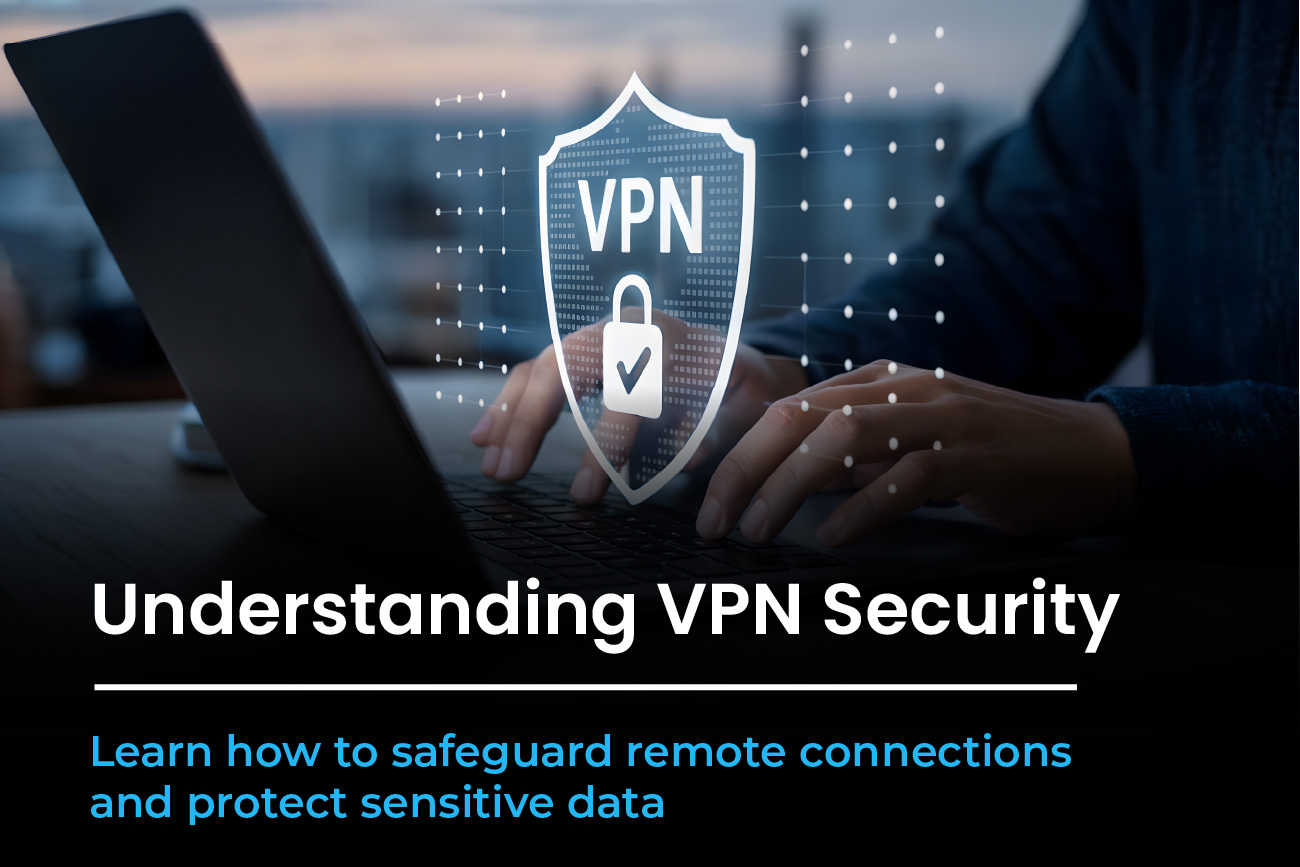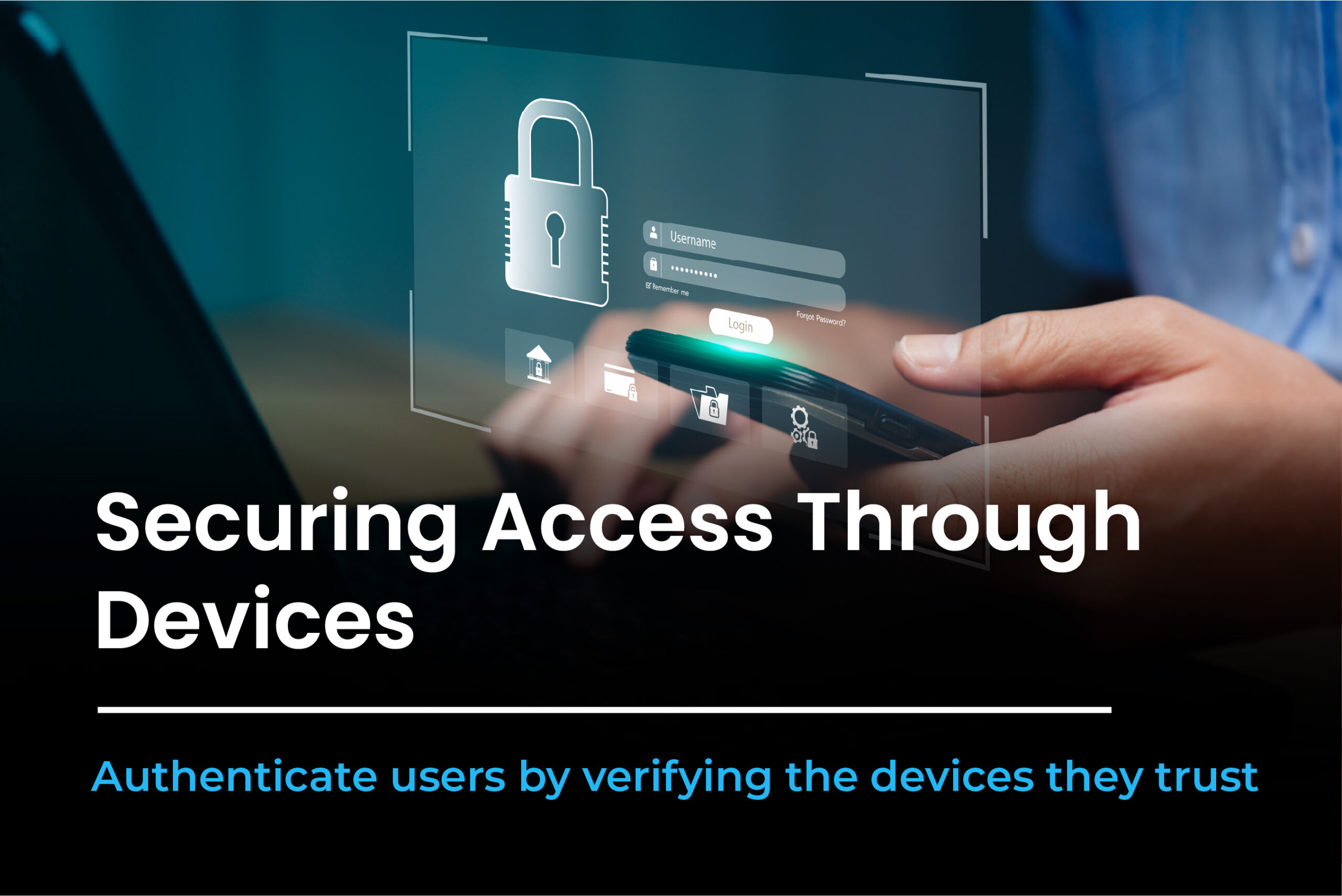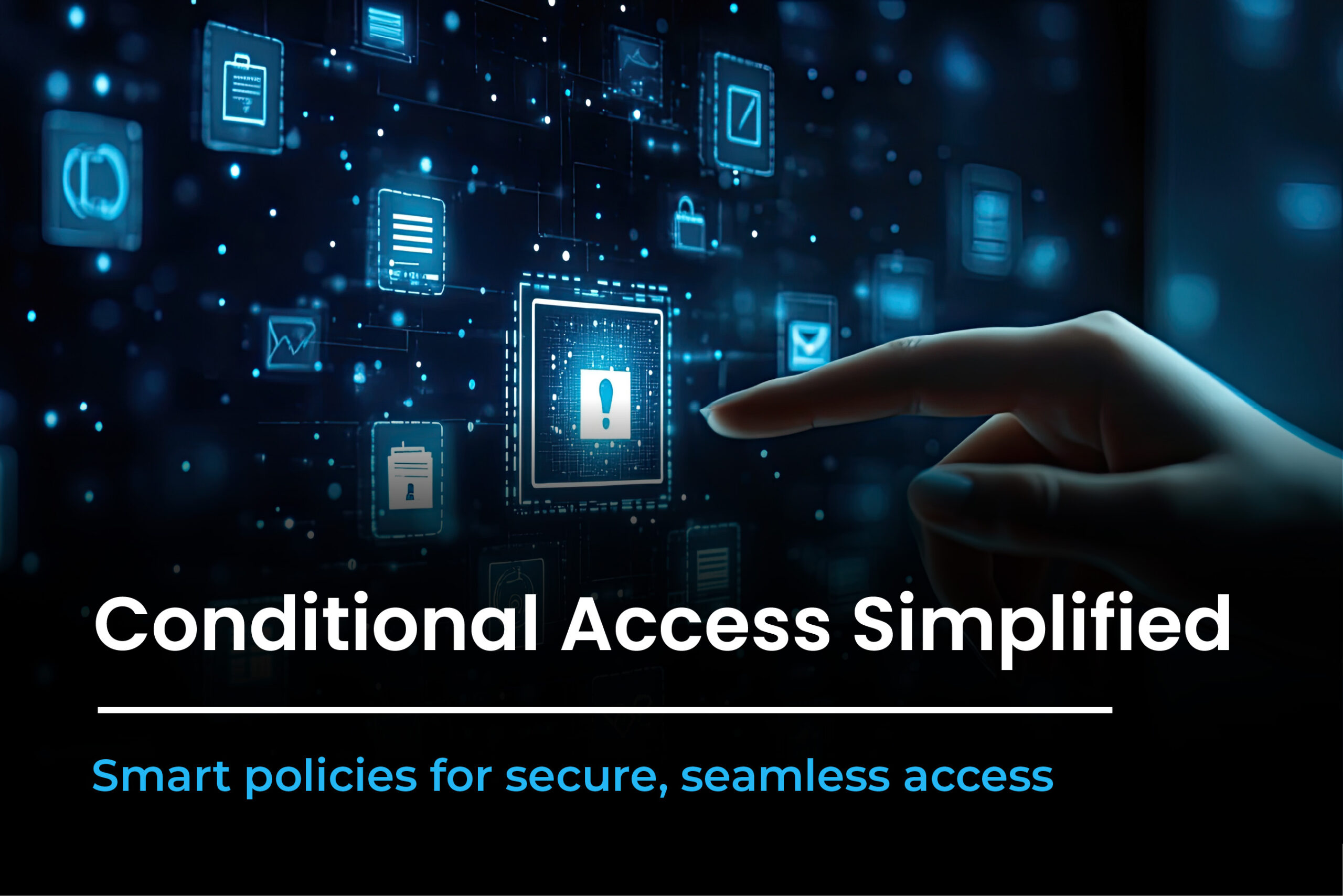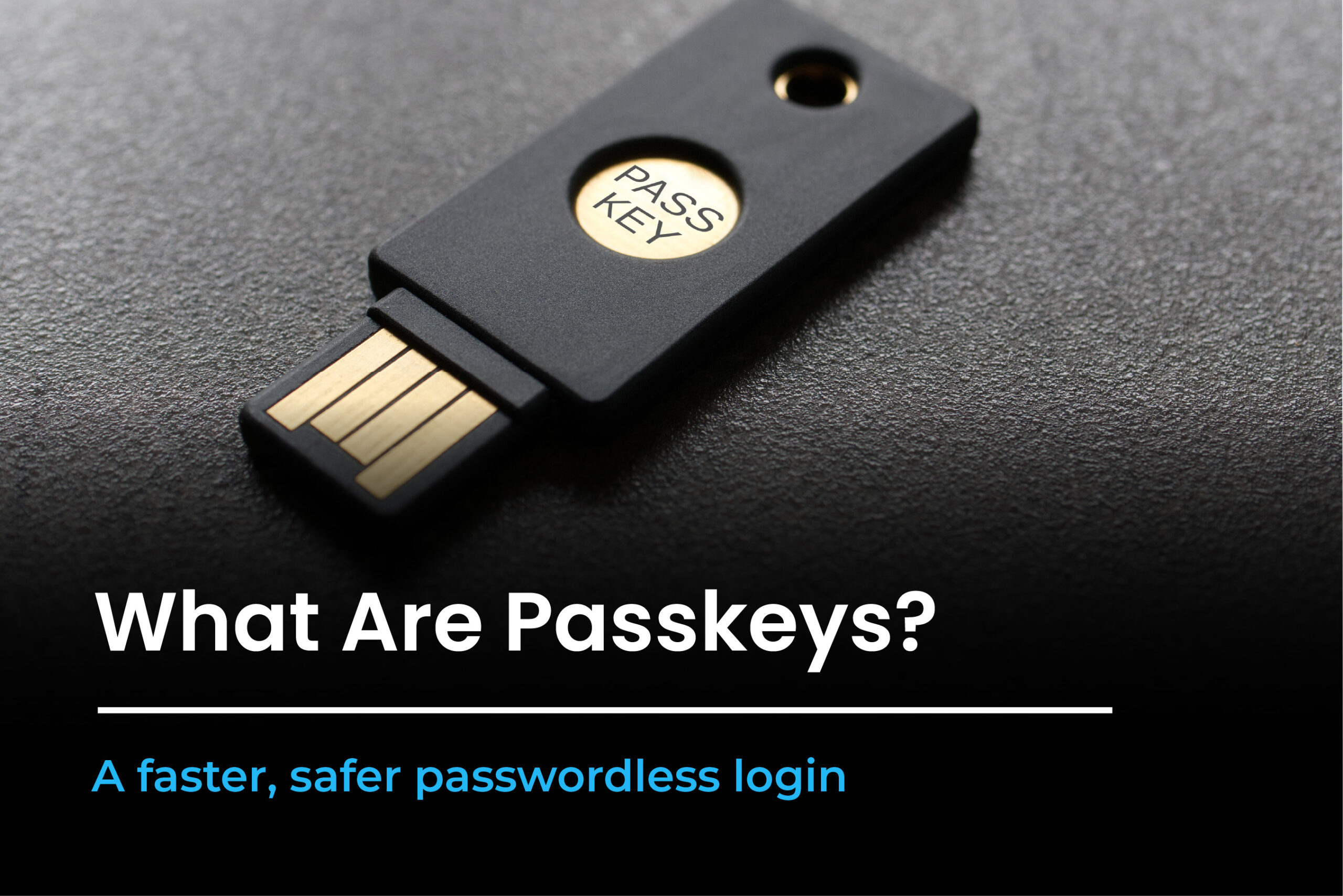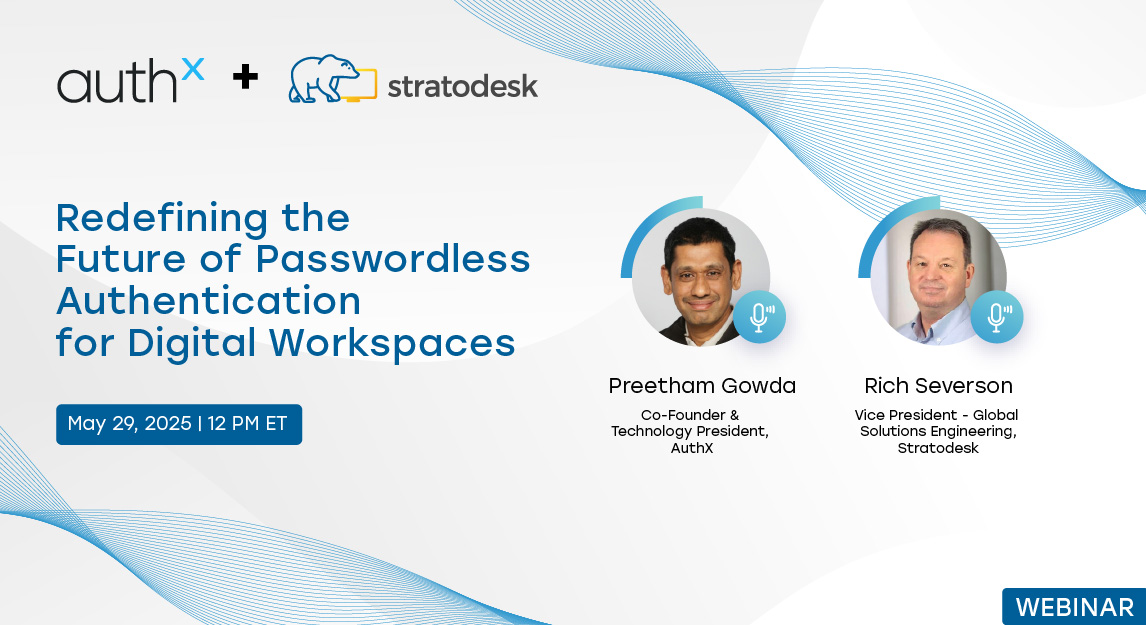When we talk about identity and access management, one term that consistently comes up is SAML. But what exactly is SAML, and why does it matter for businesses today? In our experience working with multiple organizations, we’ve seen firsthand how implementing SAML SSO can completely transform how users access applications. It not only simplifies login processes but also enhances security across the board.
What is SAML? Understanding the Basics
SAML, or Security Assertion Markup Language, is a technical standard for exchanging authentication and authorization data between identity providers and service providers. SAML supports Single Sign-On (SSO), which allows users to log in once and access numerous applications.
When people ask, “What is SAML authentication?” Typically, we describe it by envisioning a digital ID card. Your credentials are validated once by a reliable source and shared across services, eliminating the need to sign into each application individually. This is how SAML operates. The phrase Security Assertion Markup Language can be confusing at times. “Security Assertion” refers to the authentication statement that verifies the user’s identity, and “Markup Language” demonstrates how SAML standardizes shared information using XML-based style.
We often hear, “We already have passwords for everything, why SAML?” From our perspective, reducing the number of passwords a user needs to remember is not just convenient; it significantly improves security.
SAML Authentication in Practice
When IT teams set up SAML Authentication, they deal with:
- SAML protocol: The XML-based standard that handles communication.
- SAML configuration: The setup where IdPs (like Okta, Azure AD) and apps (like Salesforce, Workday) are connected.
- SAML attributes: The identity details (like username, role, or department) shared in the authentication assertion.
A SAML authentication example could be a corporate employee logging into Office 365 with credentials managed by Azure AD.
SAML 2.0: The Modern Standard
SAML 2.0 is the most current and widely adopted version of SAML. Many older systems still support SAML 1.1 for compatibility, but if you’re implementing SAML integration today, SAML 2.0 is the standard you want.
SAML 2.0 guarantees platform interoperability and offers a standardized authentication and authorization methodology. Setting up SAML 2.0 between internal apps and cloud services like Microsoft Office 365 enabled for smooth access without sacrificing security in the companies we’ve worked with.
SAML certificates play a key role here. These certificates ensure secure communications between the identity provider and the service provider and help in the encryption of SAML assertions. SAML security could be compromised in the absence of appropriate certificate management.
How SAML Works: A Step-by-Step Guide
At first, understanding how SAML operates may seem complicated, but once you break it down, the process is simple. The standard SAML authentication flow is as follows:
- The user, also known as the primary or subject, asks access to an application.
- The service provider (SP) sends a SAML request to the identity provider (IdP), who subsequently authenticates the user.
- The identity provider authenticates the user’s credentials via login, password, or multifactor authentication.
- Once verified, the IdP generates a SAML assertion that includes the user’s authentication and attribute information.
- The SAML response is provided back to the service provider.
- The SP confirms the SAML assertion and gives users access without requiring a separate login.
To make it more relatable, we often use the airline analogy. The identity provider is like the government issuing a passport. The service provider is the airline, and the SAML assertion is the passport. Once the airline checks the passport, you are cleared to board the plane. No repeated identity checks are needed along the way.
SAML Assertions and Tokens
A key part of SAML authentication is the SAML assertion. Think of it as a sealed envelope of information confirming your identity. There are three types of assertions:
- Authentication assertion: Confirms the user’s identity and details how they signed in, such as with a password or multifactor authentication.
- Attribute assertion: Shares additional user data like email, role, or department with the service provider.
- Authorization decision assertion: Tells the service provider whether or not the user is allowed access.
We also refer to these as SAML tokens and managing them properly is crucial for enterprise security. Over the years, we’ve seen companies lose track of tokens or fail to validate assertions, which can create security gaps.
SAML SSO: Streamlining Access Across Applications
One of the reasons we frequently recommend SAML to businesses is SAML SSO. With SAML SSO, users log in once to their identity provider and gain access to multiple applications without repeated logins. Here’s what we’ve observed as the main benefits of SAML-based Single Sign-On:
- Users don’t need to remember multiple credentials.
- Organizations reduce Help Desk calls for password resets.
- It enhances user productivity, especially in hybrid work environments.
- Security is stronger because service providers don’t store passwords locally.
It’s also essential to differentiate SAML vs SSO. SSO is the user-facing experience, while SAML is the protocol that makes SSO possible. People often confuse the two, but understanding this distinction is critical when planning SAML integration for enterprise apps.
Benefits of SAML for Organizations
The advantages of SAML extend beyond convenience. Here’s a detailed look:
Security advantages:
- Centralized authentication reduces the risks of stolen or weak passwords.
- Supports MFA and conditional access policies.
- Helps implement Zero Trust security strategies.
Operational efficiency:
- Reduces administrative overhead for IT teams.
- Simplifies user provisioning and identity entitlement.
- It cuts down password reset tickets and frees Help Desk resources.
Improved user experience:
- Branded login pages provide consistency across apps.
- Self-service password reset capabilities increase convenience.
- Faster access to all applications improves overall productivity.
It’s worth noting that the benefits of SAML become more evident in large organizations with hundreds or thousands of applications. In smaller setups, the improvements may seem subtle but still valuable.
Challenges and Disadvantages of SAML
No technology is without its challenges. We’ve seen organizations face a few common disadvantages of SAML:
- Complexity in initial setup and trust configuration between IdP and SP.
- Less flexible for mobile apps and modern APIs compared to OAuth or OIDC.
- Requires understanding XML structures, assertions, and certificates for proper implementation.
Despite these challenges, the security and productivity gains usually outweigh the drawbacks, especially when using modern IdPs like AuthX or Microsoft Entra ID.
SAML vs Other Protocols
When discussing authentication, SAML vs OAuth is a frequent topic. Here’s how I explain it:
SAML vs OAuth:
- SAML is for authentication (verifying identity).
- OAuth is for authorization (granting access to resources).
OIDC vs SAML:
- OIDC is more suited for mobile and API-driven apps.
- SAML is widely used for enterprise SSO.
SCIM vs SAML:
- SCIM focuses on user provisioning.
- SAML ensures users are authenticated and authorized to access apps.
For developers weighing options, a short OIDC vs SAML comparison in the body clarifies trade-offs: OIDC fits many modern app architectures; SAML remains common for legacy enterprise SSO.
SAML Providers and Identity Management
Identity Providers (IdPs)
- Authenticate users and enforce security policies.
- Examples: AuthX, Microsoft Entra ID, Okta.
- Provide SAML SSO and manage assertions securely.
- Enable conditional access and MFA across apps.
Service Providers (SPs)
- Applications relying on IdPs for authentication.
- Examples: Gmail, Office 365, Salesforce, Slack.
- Trust IdPs to validate users and grant access.
- Benefit from centralized security without storing credentials locally.
This clear separation between IdPs and SPs makes SAML integration scalable and secure for enterprises.
SAML Implementation and Real-World Examples
- Employees log into an IdP, such as Microsoft Entra ID, once.
- SPs like Workday or Zoom trust the SAML assertion from the IdP.
- Users access apps seamlessly without repeated logins.
- Airlines checking a passport before boarding an aircraft is a practical analogy for the SAML authentication example.
Teams save hours each week because of SSO via SAML. It’s convenient for employees, and for IT, it reduces overhead and strengthens compliance.
Future of SAML and Modern Security
Even today, organizations commonly ask, “Is SAML still relevant with passwordless authentication?” Absolutely. SAML can work alongside adaptive MFA, passwordless logins, and identity federation. At AuthX, we position SAML as part of a modern identity platform, ensuring that enterprises get frictionless SSO, security, and interoperability across all applications.
Conclusion
If you’re still asking, “What is SAML and why should we care?” here’s our take: Secure Single Sign-On is made feasible by the SAML protocol. It increases productivity, fortifies security, and reduces password fatigue. Whether integrating Microsoft Office 365, Salesforce, Zoom, or other apps, SAML SSO ensures smooth access without sacrificing control.
Organizations looking to improve or adopt SAML integration may find that choosing a strong identity provider, such as AuthX or Microsoft Entra ID, makes all the difference. Combining SAML assertions, certificates, and policy enforcement gives you both convenience and security at scale.
After working with multiple enterprises, we can confidently say that investing in SAML-based authentication is not just a technical upgrade. It’s a strategic move that empowers employees, secures access, and future-proofs identity management.
FAQs
What is SAML?
The SAML meaning is Security Assertion Markup Language. It lets a trusted identity provider verify a user once for many apps.
What is SAML authentication?
SAML authentication means the process of using SAML to securely log in users with a Single Sign-On across multiple applications.
OIDC vs SAML — which to choose?
For teams comparing protocols, OIDC vs SAML highlights that OIDC is often better for modern API/mobile apps while SAML is common for enterprise SSO.
how does SAML work?
An IdP authenticates the user and sends a signed assertion to the SP, which then grants access.
How do you define SAML?
To define SAML, think of it as a digital handshake between two systems: the identity provider and the service provider. This handshake ensures a user is authenticated once and then trusted across multiple applications.
What does SAML stand for?
Many people ask, what does SAML stand for? The answer is Security Assertion Markup Language, which is the foundation of single sign-on in many enterprises.
What is SAML SSO?
It’s when users authenticate through SAML once with their identity provider and then access multiple connected applications without separate logins.
How do SSO and SAML relate?
When comparing SSO and SAML, SSO is the experience users enjoy; one login for many apps, while SAML is the protocol making it possible.
Is SAML and SSO the same thing?
No. SAML and SSO are related but not identical. SSO describes the login experience, and SAML provides the secure framework to make that experience possible.
What is ADFS SAML?
ADFS SAML refers to using Active Directory Federation Services to enable SAML-based Single Sign-On, commonly used in Microsoft environments.
How does Azure SAML work?
Azure SAML allows organizations using Microsoft Azure Active Directory to enable SAML-based single sign-on across cloud and enterprise applications.
What is SAML federation?
SAML federation is when different organizations trust each other’s identity providers through SAML, enabling secure cross-organization access.
How is SAML used in enterprises?
A common question is how is SAML used? It’s typically applied in enterprises to enable seamless access to email, CRMs, HR systems, and collaboration apps through one secure login.
What is the SAML flow?
The SAML flow describes the process where a user requests access, the service provider redirects them to the IdP, the IdP authenticates, and then a SAML assertion is sent back to grant access.
What is the SAML authentication process?
The SAML authentication process includes validating the user at the identity provider, generating a SAML assertion, and sending it securely to the service provider for login access.
Can you give a SAML example?
A simple SAML example is logging into your company’s identity portal once and then gaining access to Gmail, Salesforce, and Zoom without separate logins.
What are the SAML advantages and disadvantages?
Some SAML benefits are seamless Single Sign-On, stronger security, and fewer helpdesk password reset requests. On the flip side, SAML disadvantages include complex initial configuration and limited flexibility for mobile-first apps compared to OAuth.

